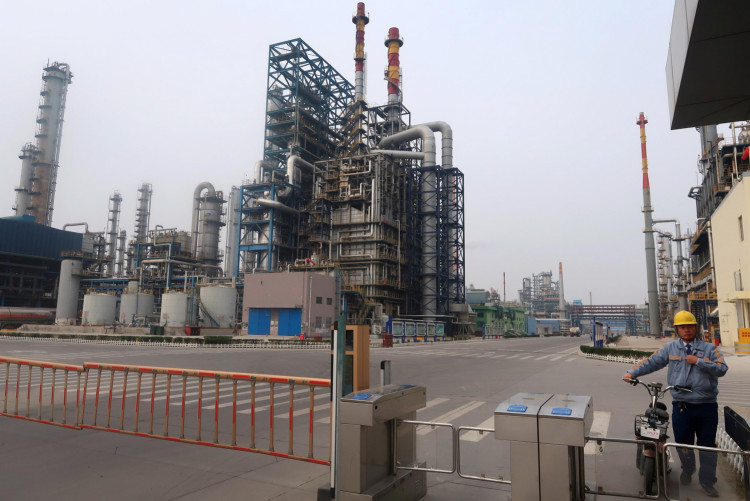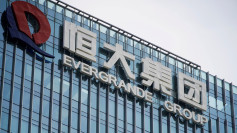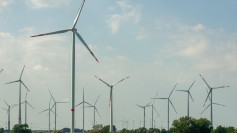Most American firms operating in China have no intention of returning their manufacturing operations to the United States despite the huge dislocations created by Trump's trade war.
"Clearly some components ... part of the source can be pulled out of China and into other countries," said Stephen Roach, a senior fellow at Yale University and former chairman of Morgan Stanley Asia.
"But to take an iPhone and bring the iPhone back home, forget it, just not going to happen in a way that would provide an affordable product for American users of that device,"
The reluctance of American manufacturing firms to return to the U.S. is based on sound business calculations. It's still cheaper to make their goods in China despite Trump's heavy tariffs.
Dismantling complex supply chains are also a consideration. Disrupting supply chain networks will add to costs, which will eventually, be passed on to consumers.
Roach said supply chains are very difficult to put together, and equally difficult to disentangle. He admitted some American firms have made plans to transfer their production outside China but most firms will stay put in the hope of riding out Trump's trade war that will certainly come to an end in the near future.
Experts agree no single country can replace China as a global manufacturing base. Roach said the complexity of existing supply chains binding the world's economies means it will be difficult for the U.S. and China to decouple their intertwined economies. He said a consequence of the trade conflict is trade diversion and not an unwinding of global commerce built on multi-country supply chains.
He previously said phase one will be more of a political win for Trump, who has to contend with an impeachment inquiry that will see his impeachment by the House of Representatives before Christmas. Roach pointed out it's politically expedient, especially for Trump to come to a phase one deal since Trump is under a lot of political pressure due to the impeachment inquiry.
Roach, however, claims phase one "is very flawed in that it focuses on a bilateral fix, operating on the U.S.-China bilateral deficit to address America's multilateral trade imbalances with 102 countries."
Phase one is aimed at paving the way for a more comprehensive trade deal that will mitigate -- but not end -- Trump's trade war. It was to have been signed-in December but is now tentatively scheduled for signing in early 2020. The delay was caused by lingering disagreements over basic U.S. demands and China's insistence Trump rescind some tariffs for phase one to be signed.
"It's Trump who wants to sign these deals, not us. We can wait," said one Chinese official.






